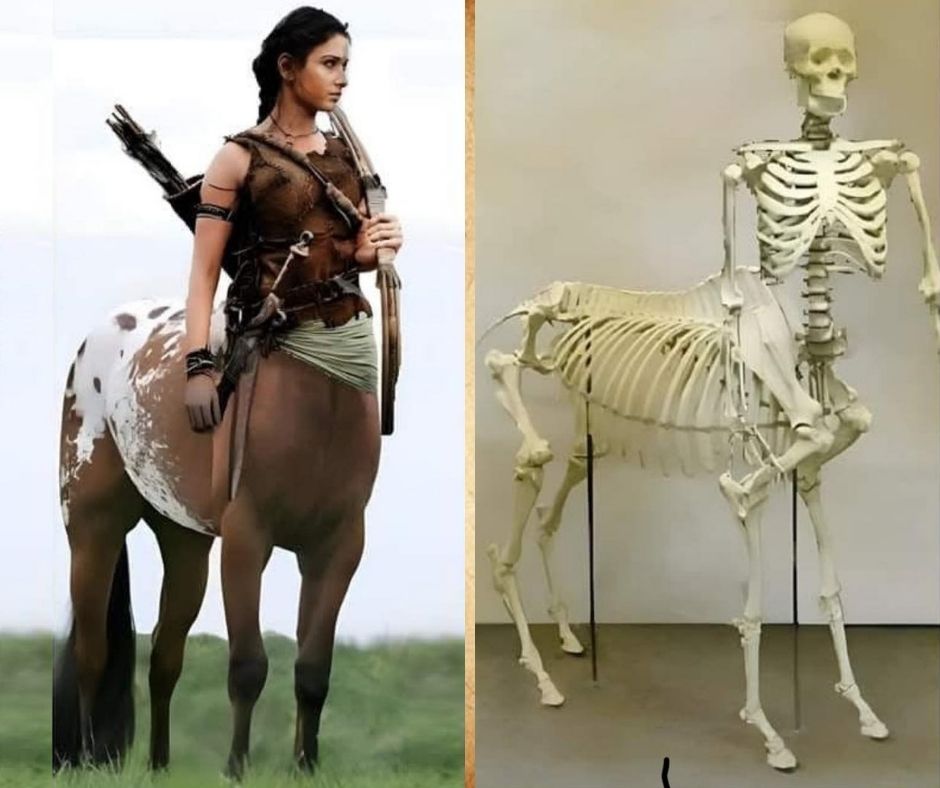Greece: The Astonishing Discovery of a Half-Human, Half-Horse Skeleton in 1876

In 1876, during an excavation near ancient Mycenae, archaeologists reported a baffling find—a skeleton with the upper torso of a human seamlessly fused to the lower body of a horse. The discovery, though heavily debated and often dismissed as myth or misidentification, has remained one of the most mysterious and controversial archaeological claims in history.
Some speculate it was an elaborate burial ritual or artistic expression, while others point to the enduring centaur legends of Greek mythology as possible inspiration—or even evidence of ancient encounters with unknown species. Though no verified scientific record of the specimen remains today, the story continues to intrigue researchers and enthusiasts alike.
Was it a hoax, a symbolic creation, or something more? The lines between myth and reality may be thinner than we think.

